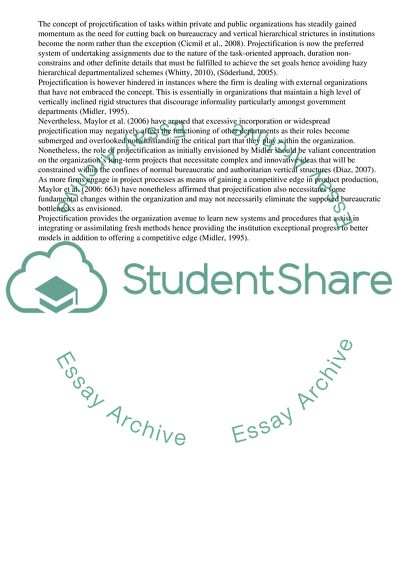Cite this document
(Eradicating Bureaucracy amongst Organisations Term Paper, n.d.)
Eradicating Bureaucracy amongst Organisations Term Paper. Retrieved from https://studentshare.org/management/1743680-critical-essay
Eradicating Bureaucracy amongst Organisations Term Paper. Retrieved from https://studentshare.org/management/1743680-critical-essay
(Eradicating Bureaucracy Amongst Organisations Term Paper)
Eradicating Bureaucracy Amongst Organisations Term Paper. https://studentshare.org/management/1743680-critical-essay.
Eradicating Bureaucracy Amongst Organisations Term Paper. https://studentshare.org/management/1743680-critical-essay.
“Eradicating Bureaucracy Amongst Organisations Term Paper”, n.d. https://studentshare.org/management/1743680-critical-essay.


